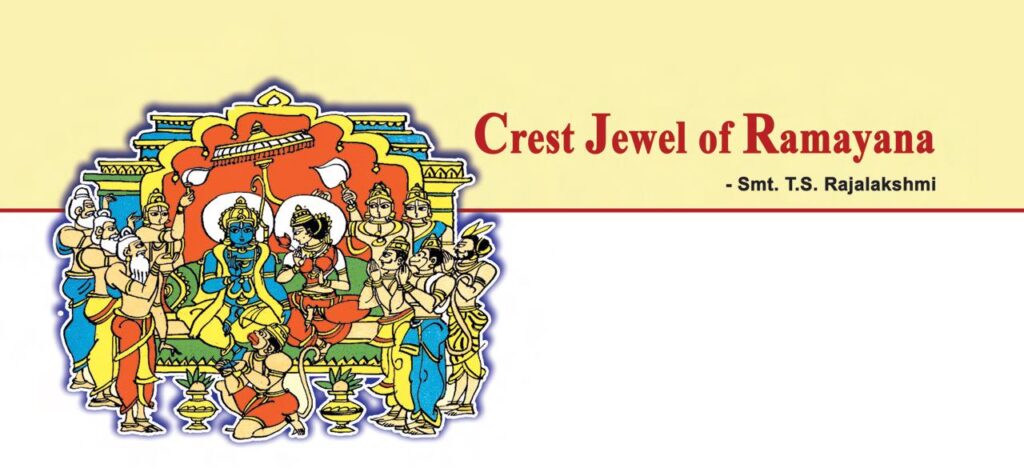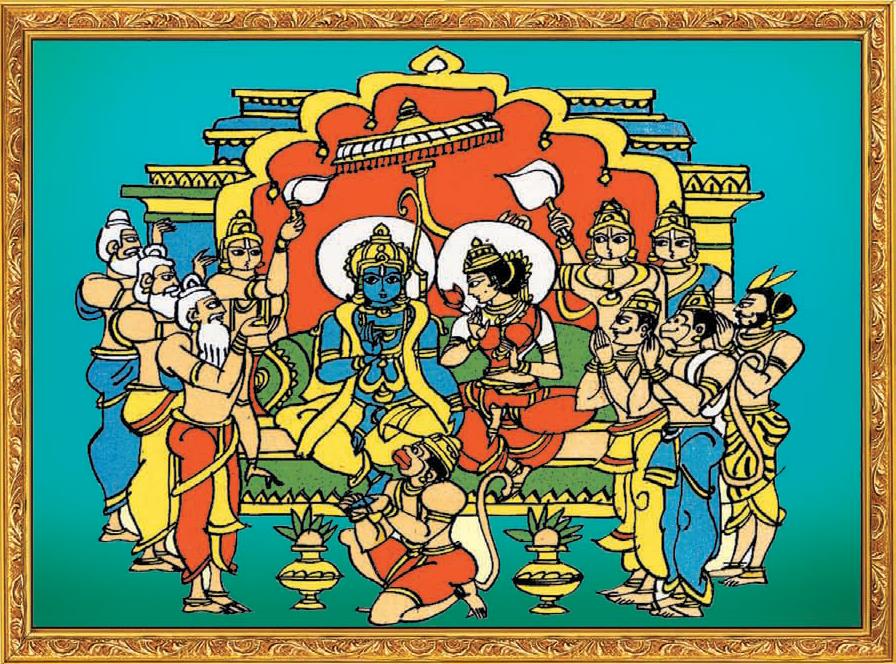“Sundara Kanda” Crest Jewel of Ramayana Sundara Kanda is the crest jewel of all the Kandas in Srimad Ramayana. The hero of Sundara Kanda is Lord Hanuman. He plays a crucial role in Ramayana and gives hope to Lord Rama and Goddess Sita in this Kanda. So, if one reads, recites, or even listens to Read More
Tag: ramayana
The Spiritual Greatness of Ramayana: Wisdom for Today
Ramayana Throughout the ages, it has been said that the Ramayana is not simply the life story of Sri Rama but an exquisite piece of literature in Sanskrit verse of peerless beauty containing seven Kandas, six hundred Sargas, countess appealing similes, metaphors, allegories, and flights of imagination—all of which make it a supreme piece of Read More


